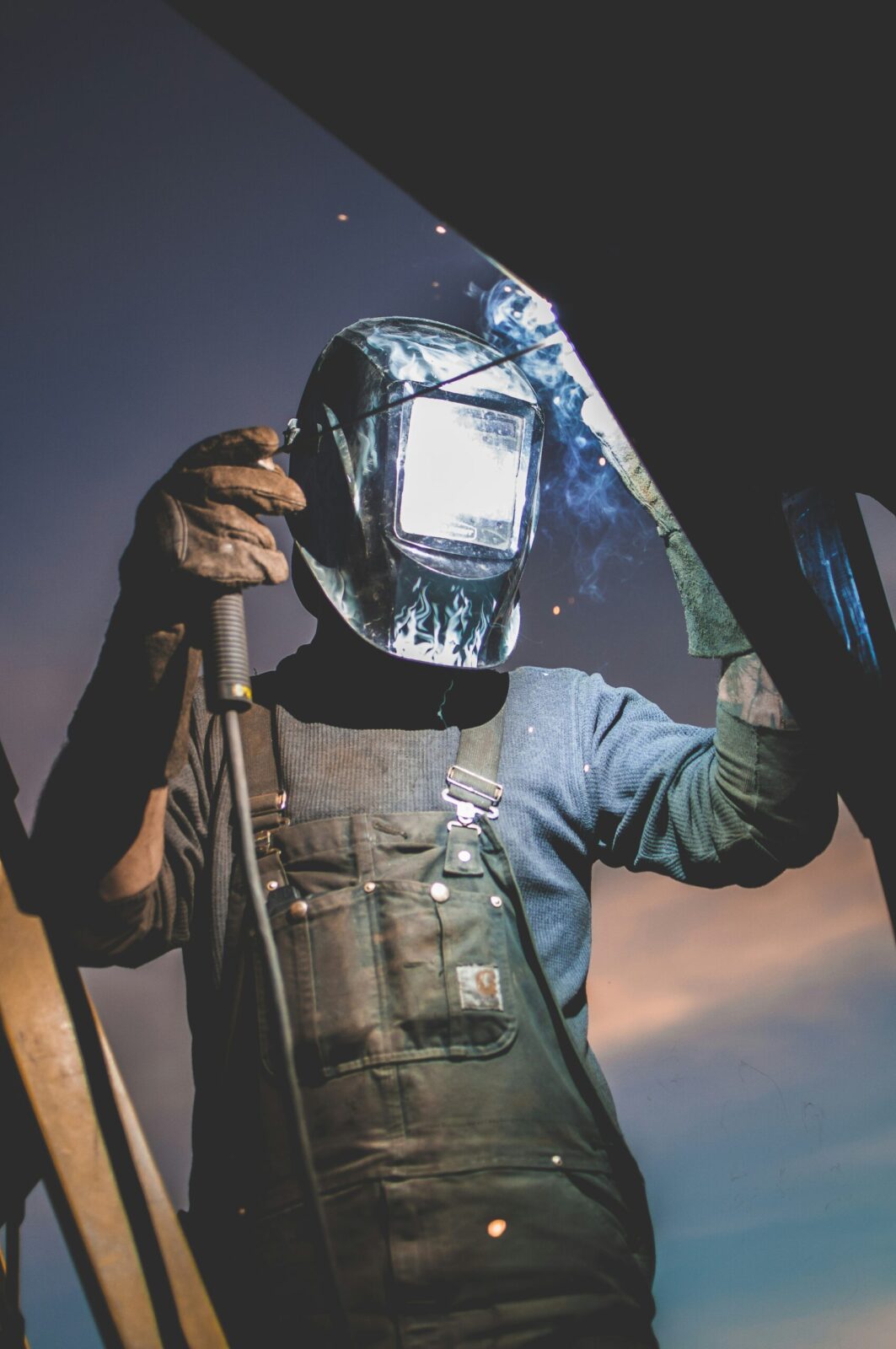
Arc Flash Gloves: Selecting the Right Protection
Choosing the right Arc Flash Gloves is key to ensuring your safety in high-risk environments like electrical maintenance or construction....

Get 20€ off on your first order!
When working in construction, ensuring safety is critical, and choosing the right cut protection gloves is a fundamental step. Construction activities often involve sharp tools, heavy machinery, and rough materials, which demand reliable hand protection to prevent and enhance productivity.
This guide promises to equip you with all the information you need to confidently select the perfect cut-resistant gloves for your tasks. Drawing on industry expertise and European safety standards, we ensure you’ll make an informed decision that enhances both safety and efficiency on the job.
Additionally, once you’ve solved the challenge of selecting the right gloves, we’ll guide you on how to maintain them effectively and pair them with other essential PPE for a comprehensive safety solution. For a deeper dive into cut-resistant gloves, explore our main article, How To Choose Cut-Resistant Gloves – A Buyer’s Guide.
The first consideration is the level of cut resistance required. For construction tasks involving sharp tools or heavy equipment, aim for gloves rated Level C or higher under EN 388. These levels offer robust protection while maintaining flexibility for handling tools effectively.
| Cut Resistance Level | Suitable Tasks |
| Level A-B | General handling of materials with low cut risks |
| Level C-D | Tasks involving sharp tools and moderate risks |
| Level E-F | High-risk tasks like cutting metal or handling glass |
Learn more about EN Standard from this guide in Wikipedia.

Materials such as HPPE (High-Performance Polyethylene), Kevlar, or stainless-steel fibers are commonly used in construction gloves. These materials provide both durability and comfort. If you require additional dexterity, opt for gloves with a polyurethane (PU) coating.
Construction often involves lifting heavy or slippery objects. Gloves with nitrile or latex coatings enhance grip and prevent slips. Ensure the gloves offer sufficient dexterity for handling small tools.
Many construction gloves come with added features like:
Different construction roles require specific glove features. Here’s a breakdown:
| Task | Recommended Glove Features |
| Glass installation | Level E/F cut resistance, superior grip |
| Electrical work | Insulated gloves, moderate dexterity |
| Metal cutting | High cut resistance (Level D-F), reinforced palms |
| Outdoor tasks in wet weather | Water-resistant, grippy coatings |
| Handling concrete | Abrasion-resistant, breathable materials |
Understanding the specific challenges of different construction tasks is essential to selecting the right gloves, as each activity presents unique risks and demands.
Proper fit is crucial for glove effectiveness. Properly fitting gloves enhance dexterity, reduce fatigue, and support safe work practices. Here’s how to measure your glove size:
| Hand Circumference (cm) | Glove Size |
| 17-19 | 6 (XS) |
| 20-22 | 7 (S) |
| 23-25 | 8 (M) |
| 26-28 | 9 (L) |
| 29-31 | 10 (XL) |
For specific recommendations, explore our cut protection gloves collection.
In Europe, all PPE (Personal Protective Equipment) must comply with the CE marking standards. When choosing gloves, verify compliance with the EN 388 standard to ensure reliable protection. Learn about EN 388 standards from this dedicated guide: EN 388 Cut Resistant Standard: Everything You Need To Know
To get the most value from your cut-resistant gloves, follow these tips:
While cut protection gloves are critical, pairing them with complementary PPE enhances safety. Consider these:
For further insights, check out our sibling articles:
We hope this guide has provided you with the insights needed to choose the best cut protection gloves for your construction activities, from understanding EN 388 standards to selecting the right features for specific tasks. Whether you’re ensuring safety during demolition or precision handling in carpentry, our range of trusted gloves is here to support you.
Explore the full collection of Cut Protection Gloves on Droppe, featuring renowned brands like Ansell and Showa. Have questions or need advice? Don’t hesitate to reach out—we’re committed to helping you work confidently and safely.
– The Droppe Team
Look for gloves with thermal insulation for cold conditions or heat resistance for high-temperature tasks. Many gloves combine these features with cut resistance, ensuring versatility across temperature ranges.
Not all cut-resistant gloves provide chemical protection. For tasks involving chemicals, ensure the gloves are also rated for chemical resistance (e.g., EN 374 certification).
Replace gloves when you notice visible signs of wear, such as tears, thinning material, or loss of grip. Even high-quality gloves may need replacement after extended use in demanding environments.
Yes, many manufacturers offer lightweight gloves made with advanced materials like HPPE or Kevlar that provide high cut resistance (Levels C-F) without adding bulk.
If your gloves fail to meet safety standards, stop using them immediately and report the issue to your employer or safety officer. Replace them with certified gloves that meet the required EN 388 standard for reliable protection.
Thank you! You've signed up for our newsletter.




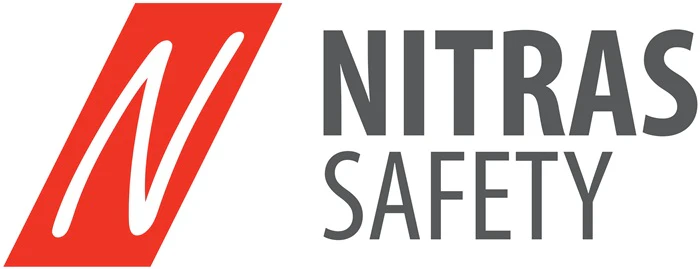





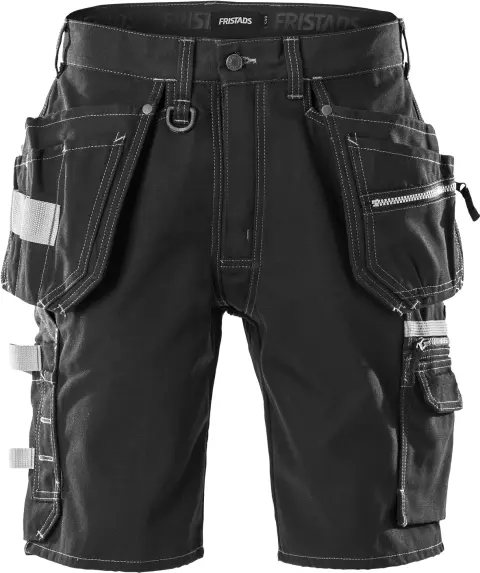
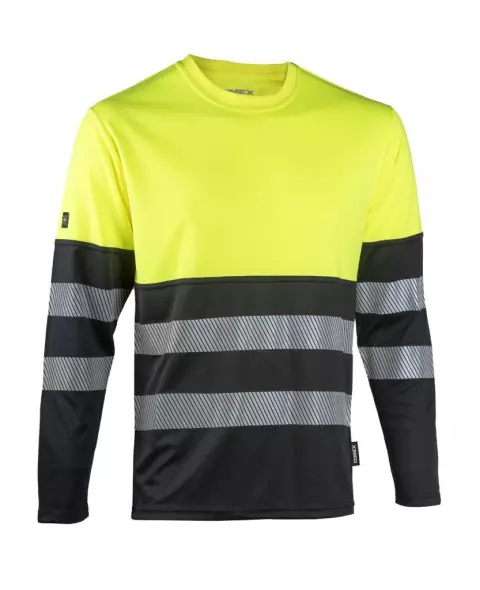
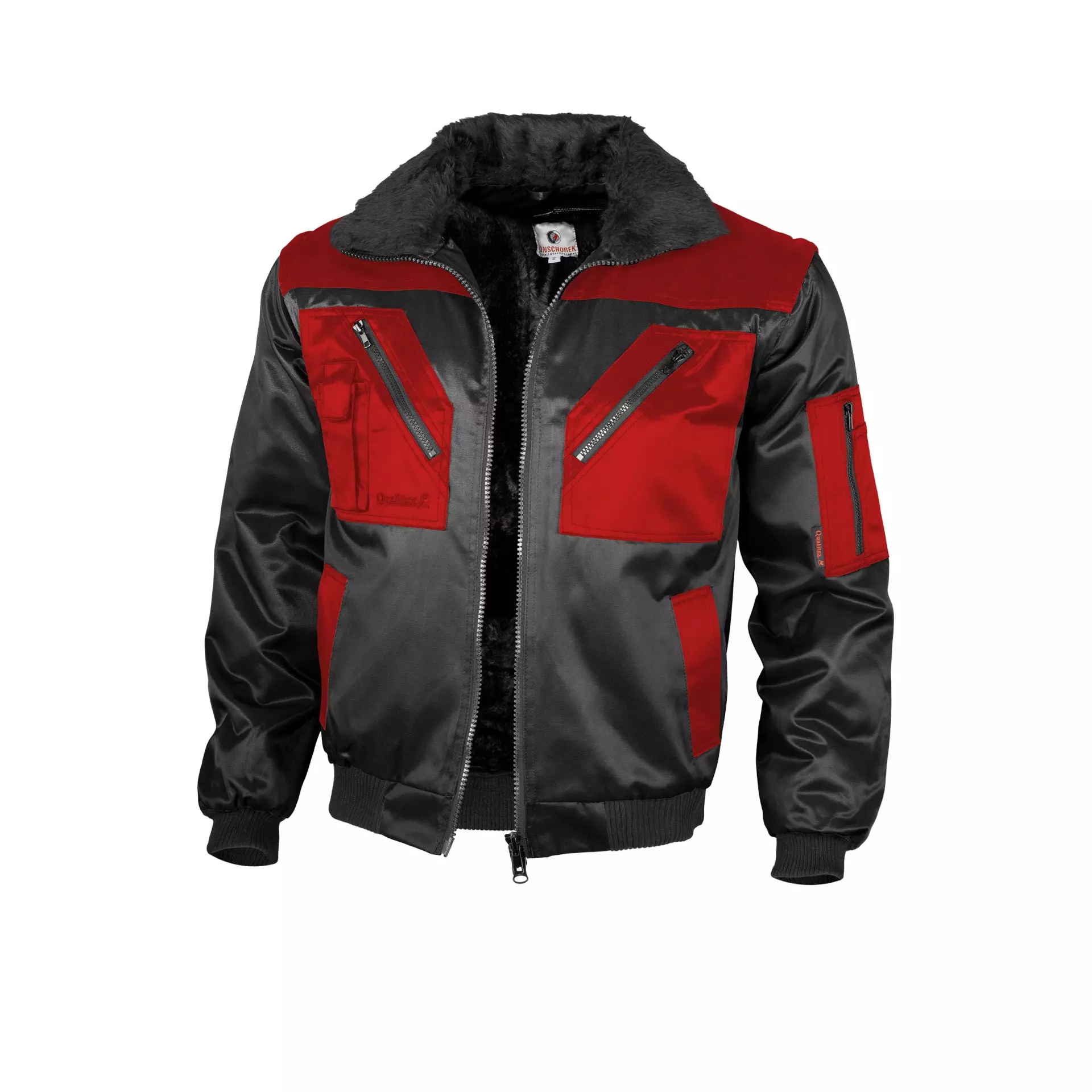
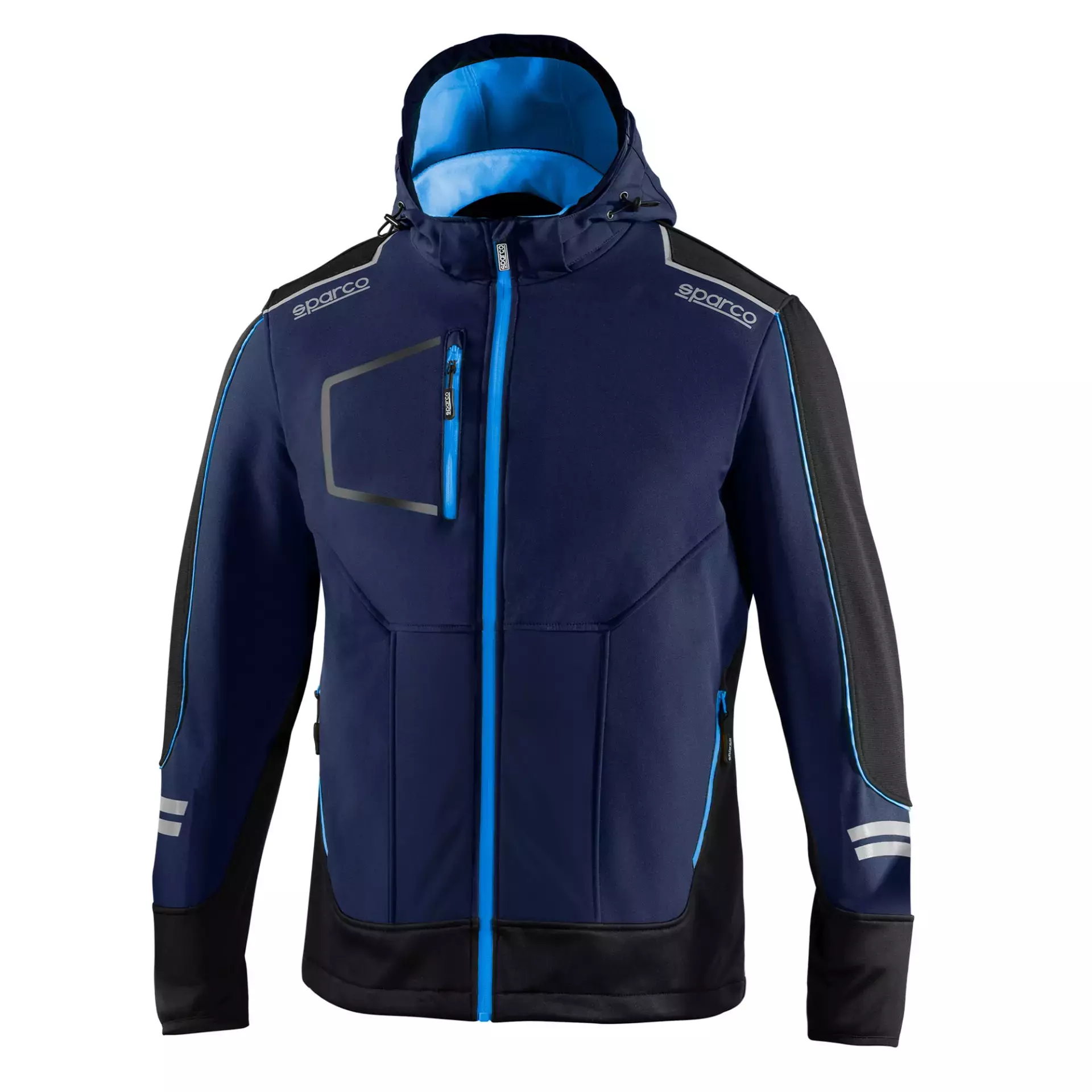





Choosing the right Arc Flash Gloves is key to ensuring your safety in high-risk environments like electrical maintenance or construction....

Choosing the right Rubber Insulating Gloves is essential for safety in electrical work, but with so many options, it can...

Are you looking for the right electrical insulating gloves to ensure your safety? This guide will help you understand the...

Choosing the right Arc Flash Gloves is key to ensuring your safety in high-risk environments like electrical maintenance or construction....

Choosing the right Rubber Insulating Gloves is essential for safety in electrical work, but with so many options, it can...

Are you looking for the right electrical insulating gloves to ensure your safety? This guide will help you understand the...
Get 20€ off on your first order!
Save 30% by buying directly from brands, and get an extra 10€ off orders over €100
Save 30% by buying directly form brands, and get an extra 10€ off orders over €100